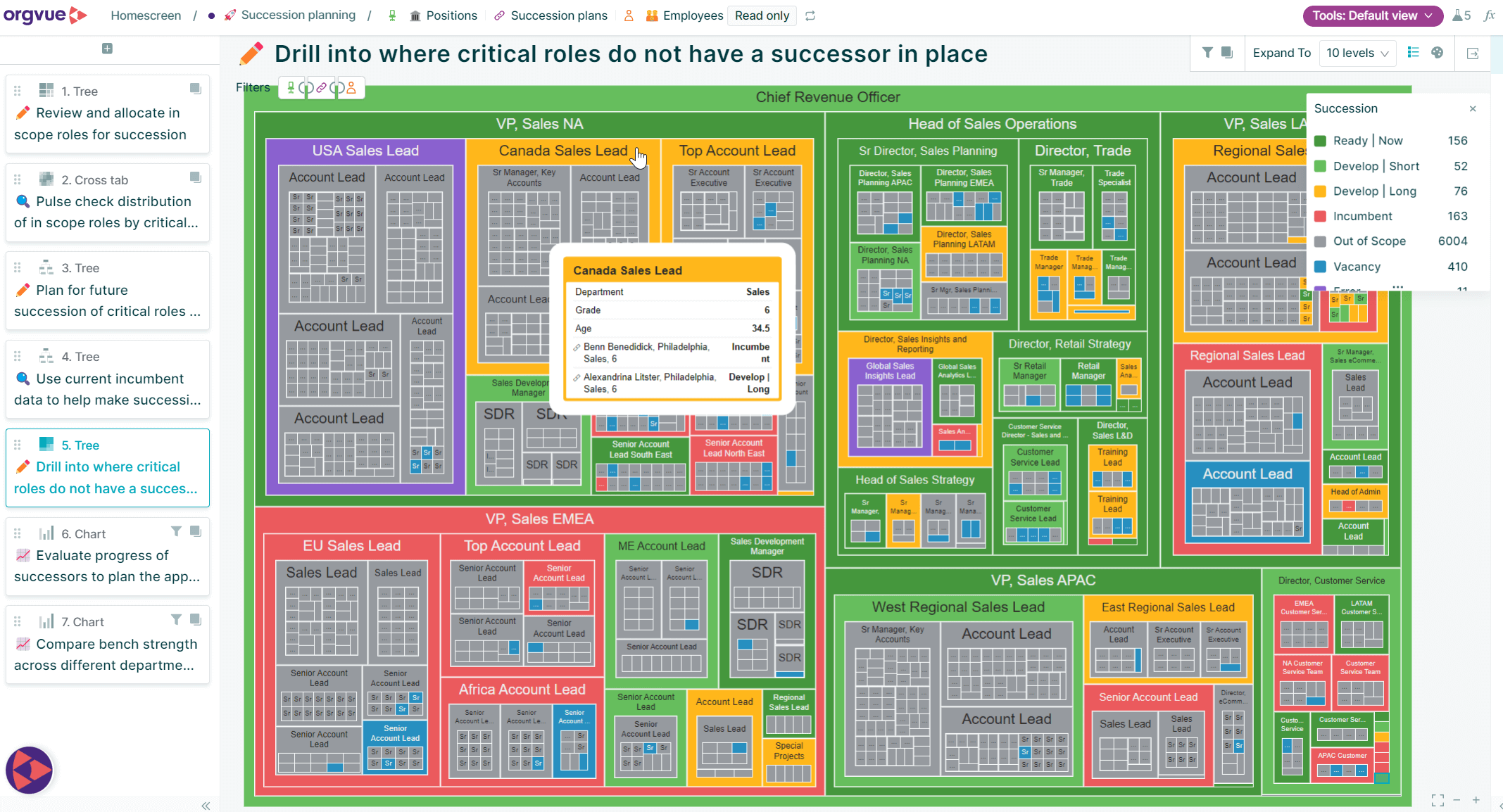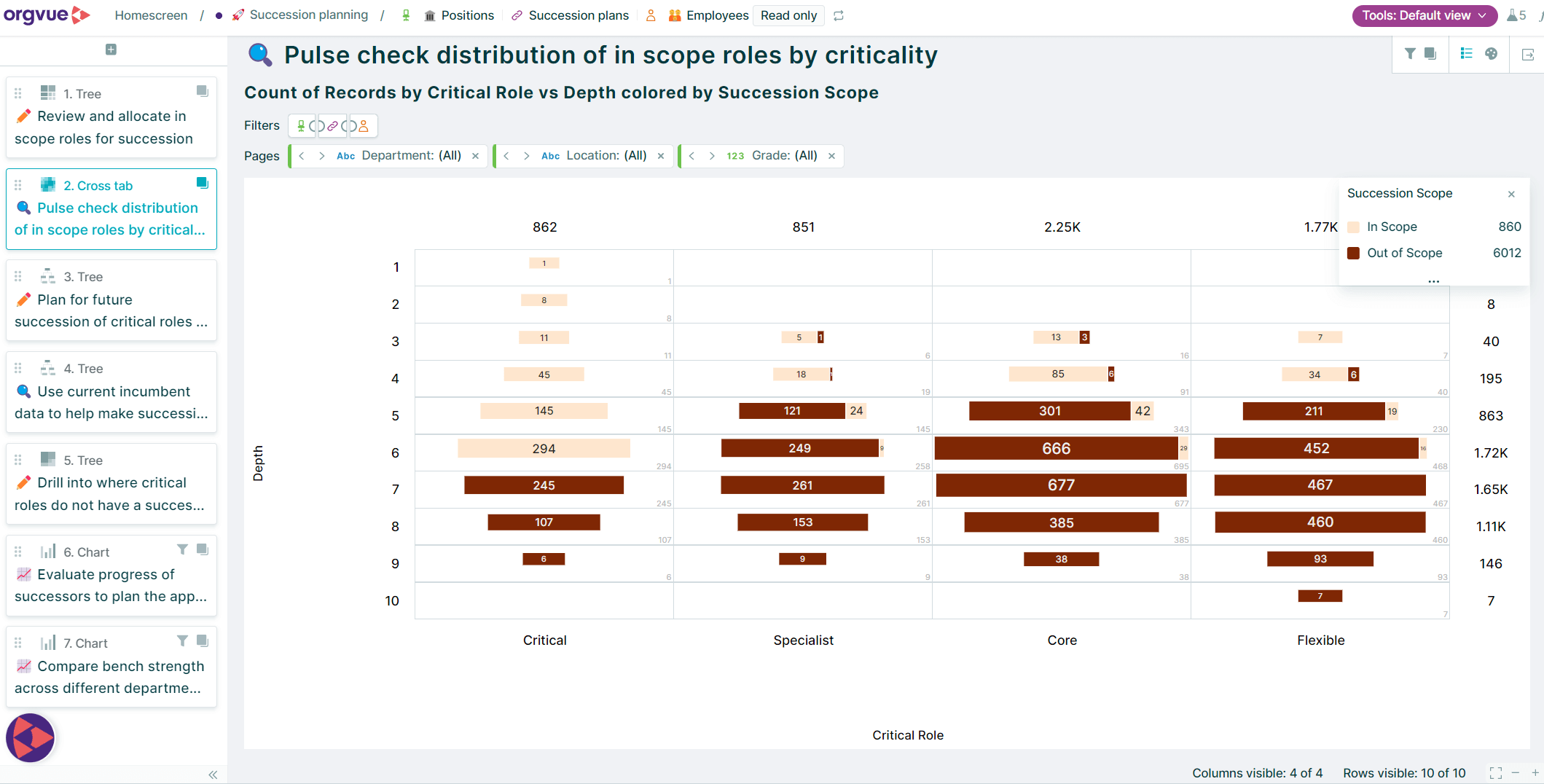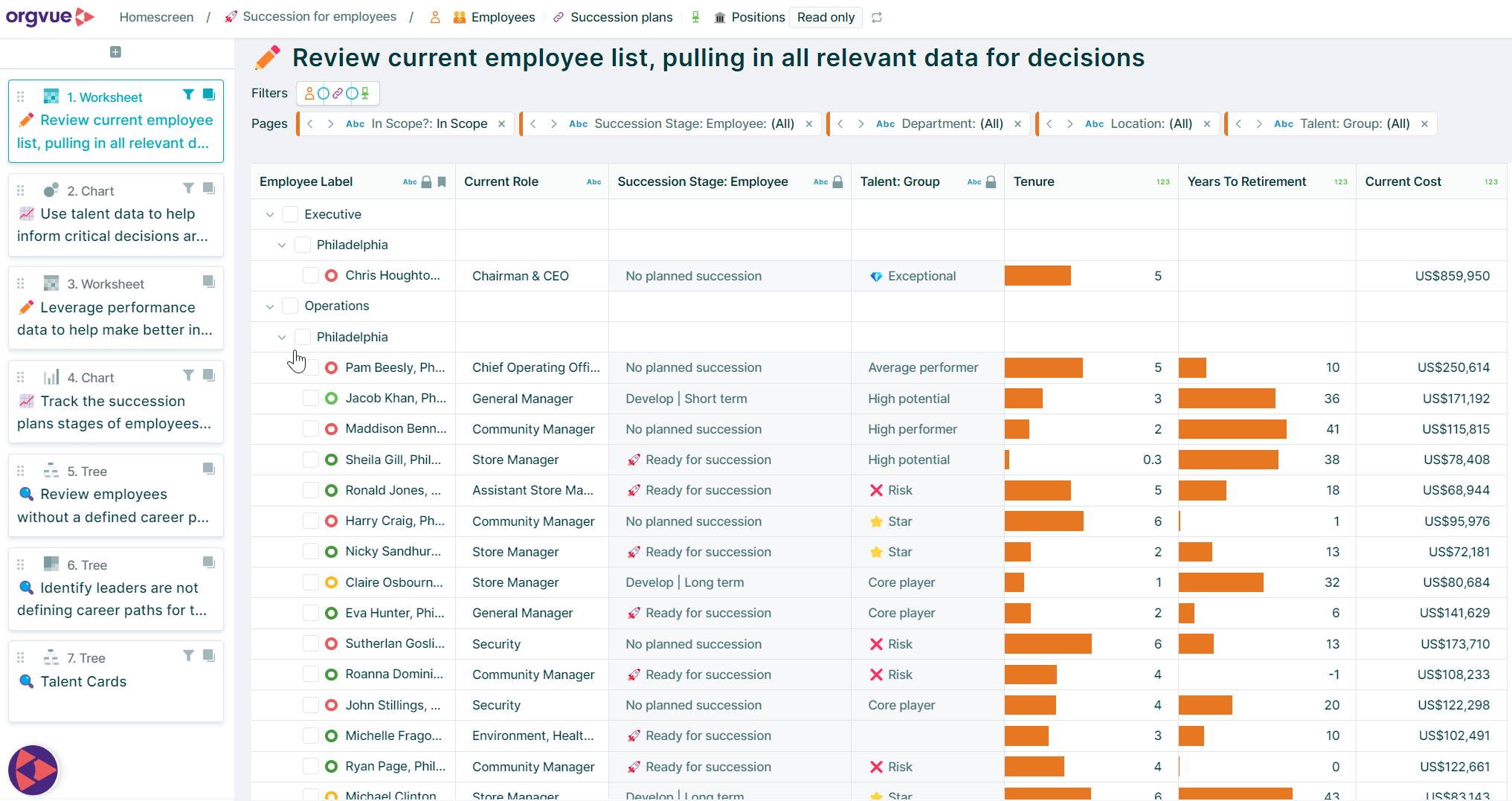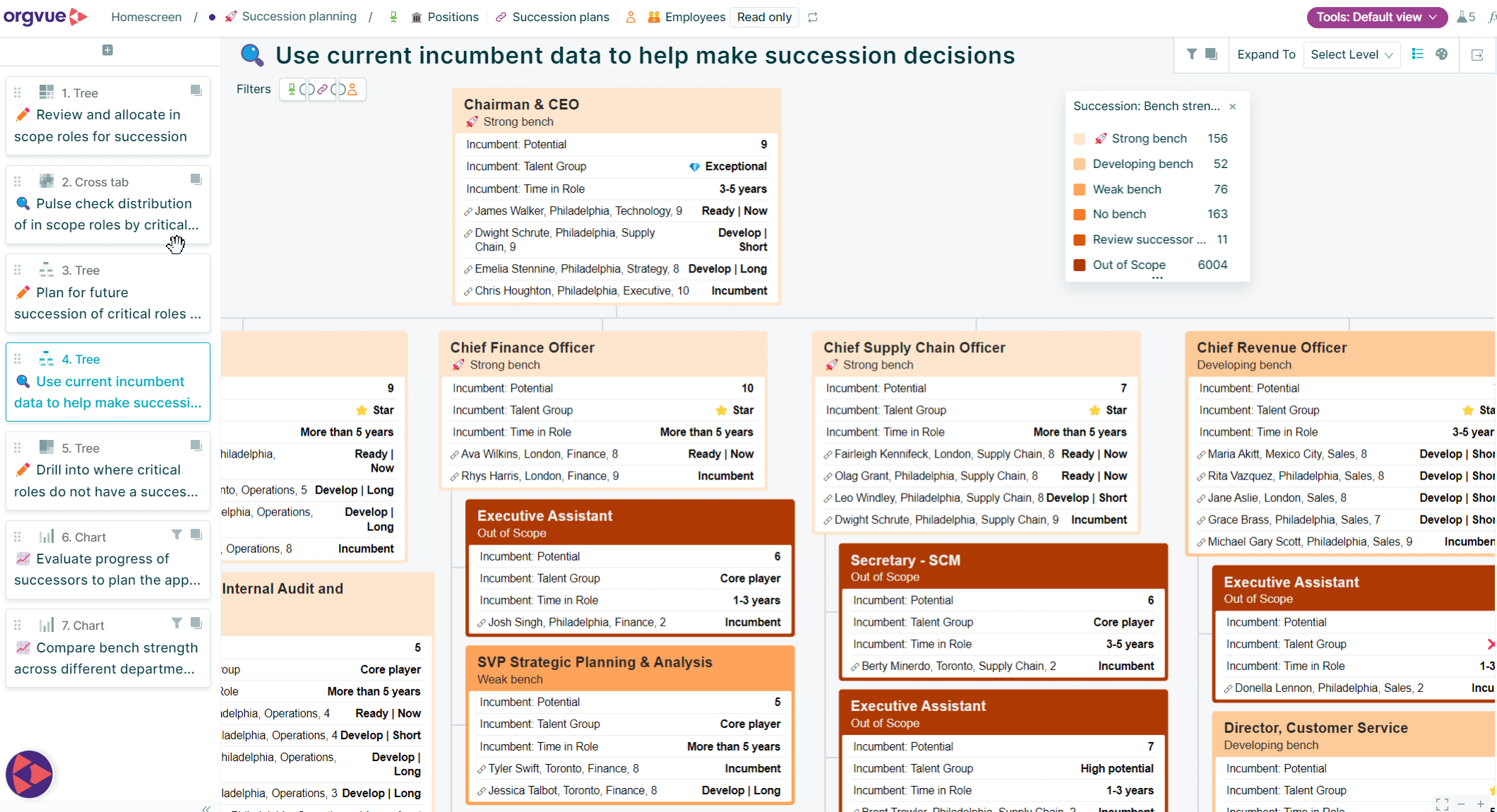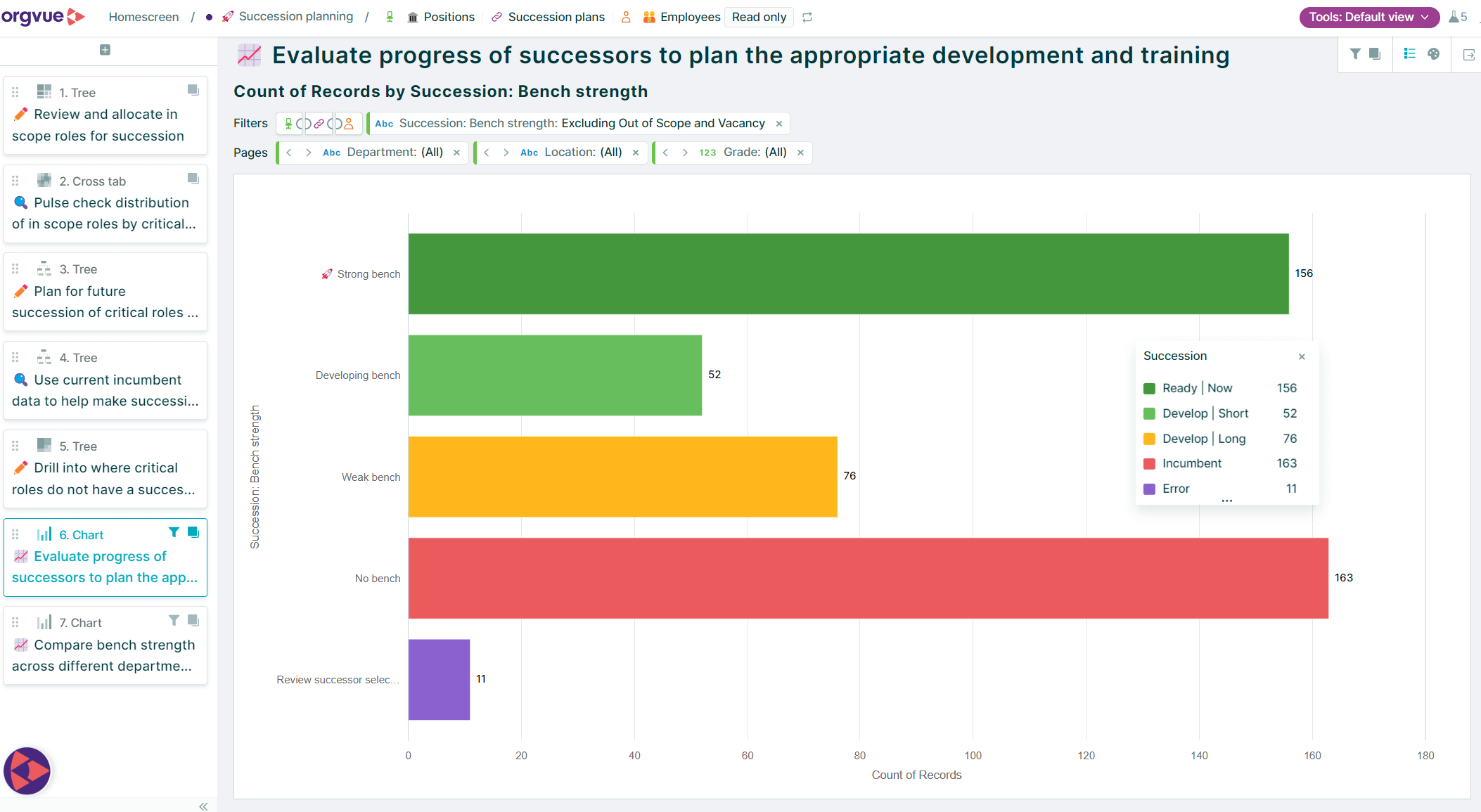What is succession planning and why it’s important
Succession planning is the process an organization uses to ensure every critical position is occupied by an employee with the right skills and experience. It’s about identifying and developing potential leaders to ensure a smooth transition when critical positions become vacant due to retirement, resignation, or unforeseen circumstances. Through succession planning, organizations can mitigate risk, foster growth, and adapt faster to market changes by upskilling and retaining intellectual capital.
Benefits of effective succession planning
- Protect the business from a sudden, unexpected change
- Reveal vulnerabilities and highlight skills gaps
- Promote training and development
- Knowledge transfer and process refinement
- Long-term employee engagement and retention
- Preserve brand integrity and retention
The challenge with succession planning
Succession planning aims to keep your workforce and talent pipeline stable by assessing vulnerabilities and identifying internal candidates that could move into critical positions over time. But the main challenges revolves around data, which is often difficult to understand, making it impossible to visualize the organization, and to plan and map the right talent – in terms of skills, competencies, performance, tenure, etc – to critical positions.
And even when businesses manage to make sense of their data, another challenge is keeping it relevant and up to date. Due to the fact that skills evolve quickly and people move around in the organization structure, succession planning needs to be continuous rather than a one-off exercise. It needs to be embedded as part of business as usual processes, and where possible should leverage existing processes and frameworks rather than being a stand-alone project (e.g. informing succession planning through the annual employee performance review process).
Succession planning solution
Manage your succession planning process with Orgvue
Orgvue is an organizational design and planning platform, designed to help business leaders visualize, design, plan and monitor their future organization. The technology supports businesses with succession planning by helping them understand their talent pipeline, assign employees as succession candidates, and uncover and mitigate potential gaps with critical roles.

Analyze
Determine the scope and evaluate your talent pipeline
- Visualize your organization, and identify positions and areas to prioritize.
- Visualize the right information to prioritize candidates and flag critical talent.
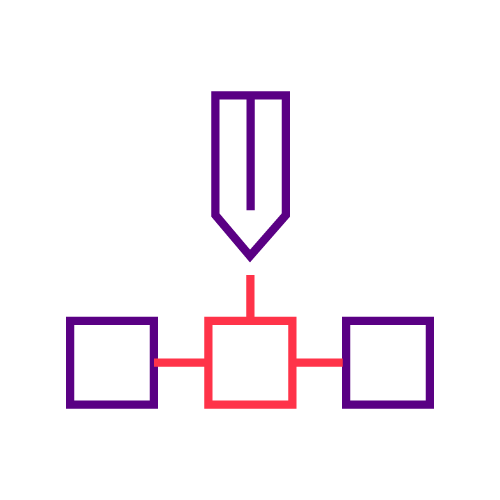
Design
Assign employees as succession candidates
- Using drag-and-drop, create talent pools and map candidates to the right positions.
- Use data such as skills, experience, location, tenure, and much more to inform your decisions.
- Set the different stages of succession for each placement (whether short term or long term successor).
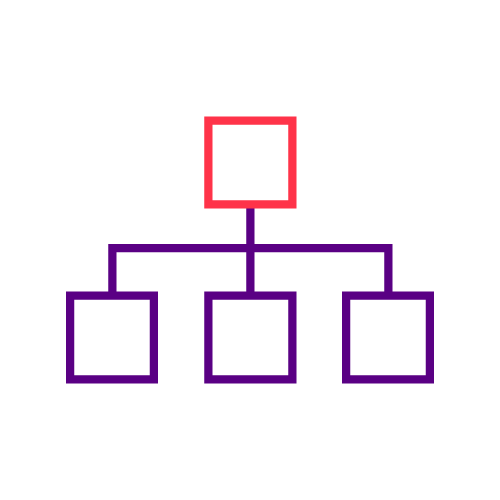
Plan
Implement your succession plan
- View the impact of your decisions at a top and granular level.
- Let Orgvue highlight errors if any, and manage succession movements across teams.
- Using APIs, send your succession data back to your main HR system, and ensure alignment across your tech ecosystem.

Monitor
Ensure you keep track of your succession plan
- Evaluate progress of succession plan and plan appropriate development and training.
- Track where you have a strong bench strength, where you’re still at risk, and whether you need to recruit or upskill your existing workforce.
Find out how Orgvue can help you plan for your future
What it looks like in practice
Set the scope
Start by deciding which positions will be covered, meaning identifying key roles that will require a smooth transition if the current employee were to leave. It is also important to define areas that should be prioritized for business continuity. Typically, this includes leadership positions, roles that are hard to fill, and other critical roles that are essential to the organization’s day-to-day operations.
Understand your talent pipeline
Leverage existing information to prioritize potential candidates within the organization. This can include data such as performance reviews, skills assessments, and progress towards OKRs (Objectives and Key Results). You’ll also be able to flag critical talent for future succession, meaning individuals who possess unique knowledge or skills that are difficult to replace.
Assign employees as succession candidates
It’s now time to map top talent to critical positions. Use Orgvue to map out the talent pipeline and set different stages of succession for each placement. This includes candidates who are ‘ready now’ or who may require additional training or development.
Monitor succession plan
Monitoring your progress is necessary to ensure your succession plans stays updated and on track. Continuously assess where you have a strong bench strength, and identify where you’re at risk. From there, you’ll know exactly where you need to train and upskill your existing workforce, and where you might need to recruit new skills to strengthen your organization.
Frequently asked questions
Succession planning is the strategic process that aims to identify and prepare current employees who have the potential to fill critical positions when they become vacant. The process typically involves identifying key positions and potential candidates (based on skills, knowledge, performance, abilities, tenure, etc.), creating development plans for these candidates, and regularly reviewing and updating the plan to ensure it remains relevant to the organization’s needs.
Effective succession planning can help organizations ensure the continuity of their success by minimizing disruptions caused by turnover, promoting employee retention and engagement, and providing a pipeline of skilled and experienced leaders who can drive the company forward.
Succession planning is a long-term strategy which can have a clear and visible impact on an organization. Companies that implement a successful succession plan see its success in various ways:
• Confidence and agility to pivot in case of an unexpected change
• Reduction of the skills gap
• Upskilled workforce and increased performance, with an emphases on learning and development
• Effective knowledge transfer across the organization
• Increased employee feedback and retention
• Overall business continuity
In order to inform the succession pipeline, and to confidently make informed and strategic decisions, it is necessary for business leaders to have full visibility on their employee data. And the more data you can bring together, the more informed your decision will be. This could include:
• Performance data: Can be obtained through performance reviews, ratings, feedback from supervisors and colleagues, and other performance-related metrics
• Skills and competency data: The knowledge, skills, and abilities required for a specific role or job.
• Talent assessment data: It can provide a comprehensive view of an employee’s potential for future leadership roles. It is directly linked to learning and development (L&D).
• Succession planning data: Historical data on previous succession planning efforts, which can also help identify gaps in the succession planning process and make improvements where needed.
• Workforce demographics: Demographic data such as age, tenure, and job function
Having a continuous and sustainable succession planning process helps organizations ensure they have a strong pipeline of leaders to drive their future success. For it to be successful, businesses should embed it and make it a part of their integral business strategy. Here are a few things to consider:
• Make succession planning a priority, and include it in your organization’s overall business plan. Leaders should allocate resources, time, and budget to ensure that the program is well-organized and executed effectively.
• Get the right technology to support you through the process. You’ll need to bring multiple data types together (performance, tenure, skills performance, etc.), align it and visualize it. If this is done on spreadsheets or on the wrong platform, the process will be manual, slow, and very risky. You’ll also need a purpose-built technology to test different scenarios, move people around and see the impact of decisions before sharing your plan with stakeholders.
• Determine which positions are critical to the organization’s success and which employees are currently performing in those positions. Use this information to come up with a plan for developing and preparing potential successors.
• Build talent pools of employees who have the potential to fill critical positions in the future. This should be an ongoing process, and employees should be regularly evaluated for their readiness and potential.
• Identify areas in which you can provide development opportunities to help employees gain the skills and experience needed to be successful in critical positions. It can include mentoring, training, job rotations, and other forms of professional development.
• Regularly track and monitor the progress of the succession plan and adjust it as needed. This will help ensure you’re always prepared for potential leadership transitions.
• Communicate the importance of succession planning to all employees and engage them in the process, in order to create a culture of talent development and encourage employees to take ownership of their career development.
More resources


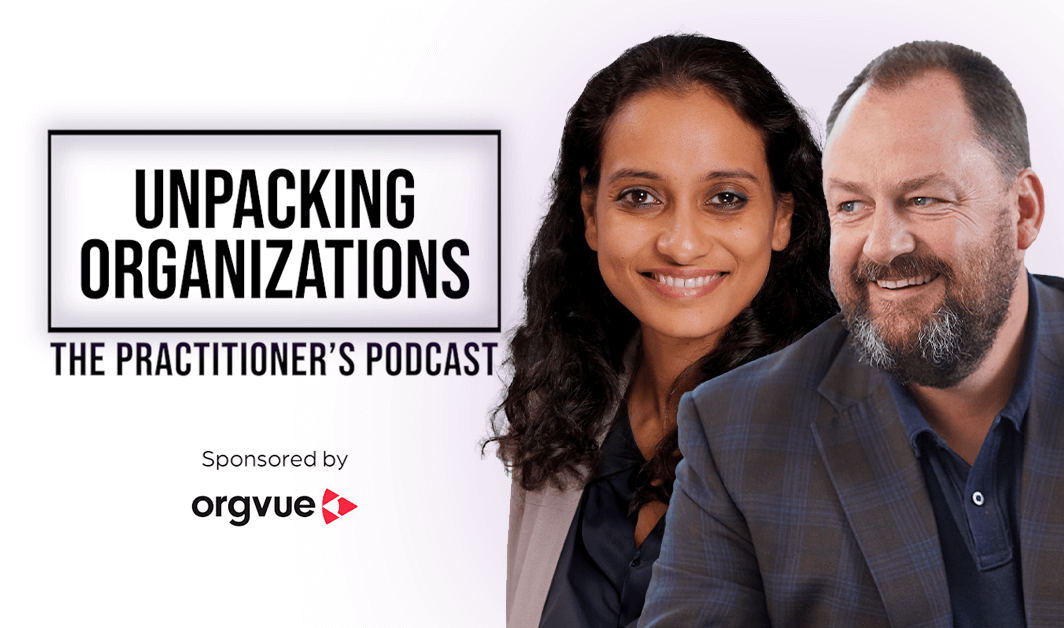
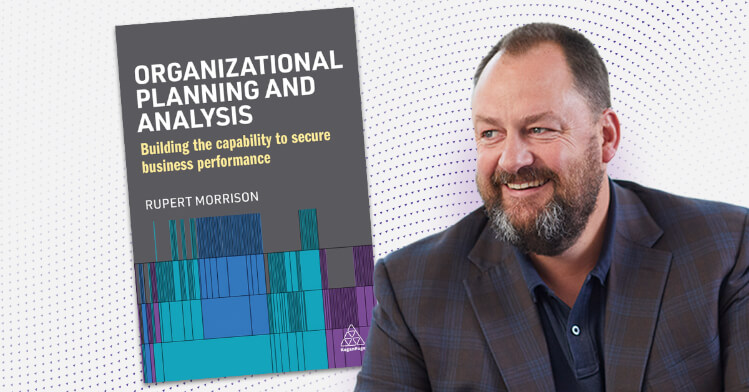
Book your free demo
Design your business of tomorrow, today. Discover what Orgvue can do for your organization first-hand.
